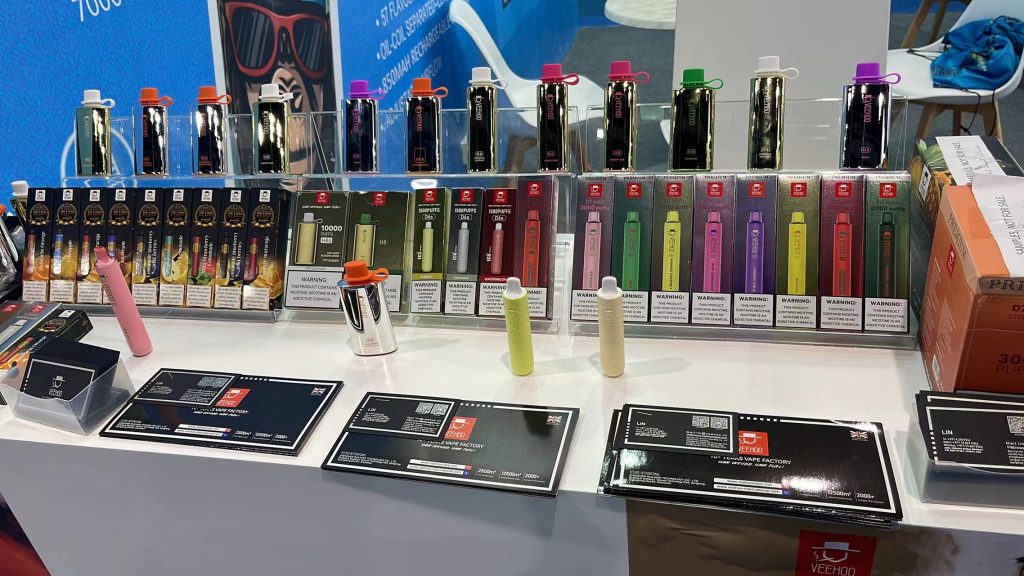According to MyRepublica, Bhakta Bahadur KC, information officer of Nepal’s National Center for Health Education, Information and Communication, said that Nepal is preparing to ban vapes.
The legislation comes in response to the increase in vape use among young people. Nepal imported 3.2 million vapes in 2023. The business is estimated to be worth Nepali rupees 210 million ($1.5 billion).
Contradicting studies showing that vaping is at least 95% less risky than smoking. KC said vapes are as harmful to health as cigarettes.
In related news, a recent survey by the Nepal Development Research Institute revealed that 34.1% of Nepal’s population uses tobacco in some form, up from 31.8% in 2020.

Nearly 18% of people aged 15 to 24 use tobacco, with 8.9% preferring smoking and 6.3% preferring smokeless tobacco. A small proportion (2.7%) engaged in both practices. Among those aged 25 to 39, the tobacco use rate was 26.5%, with 8.7% smoking cigarettes, 13% using smokeless tobacco and 4.9% using both.
Similarly, 41.6% of people aged 40 to 54 years use various forms of tobacco products. In this age group, 11.1% smoked cigarettes, 26.7% used smokeless tobacco products, and 3.7% used both tobacco products. Similarly, among those aged 55 to 69, the prevalence of tobacco product use was 56.7%, with 16% smoking cigarettes, 33.8% using smokeless tobacco, and 6.8% using both forms of tobacco.
Among the country’s male population, 55.8% of men use some form of tobacco, while 11.2% of women use tobacco.
NDRI researcher Kamal Chaulagain attributes the rise in tobacco consumption to the growing popularity of hookah and vapes, which some users see as alternatives to smoking and have called for higher taxes.

NDRI chief Jaya Kumar Gurung blamed the lax enforcement of the Anti-Smoking Act. He highlighted the lack of public awareness of the harmful effects of tobacco products.
Nepal’s vape ban is a new challenge for the veehoo vape brand. As a well-known brand committed to providing high-quality, safe and reliable vape products, Veehoo may be affected by this ban. The Nepali market is a market with huge potential, and the implementation of the ban may have a negative impact on veehoo’s sales and market share.
Faced with this challenge, veehoo can consider taking some measures to adapt to market changes. First, they can work closely with the Nepalese government and regulatory agencies to ensure that their products comply with relevant regulations and bans. Secondly, veehoo can increase public education, improve the correct understanding of vape use, and emphasize the safety and quality of its products.

In addition, veehoo can also look for opportunities in other markets and reduce its dependence on the Nepali market. They can further expand their international market share and find partners and distribution channels in other countries and regions.
Overall, Nepal’s vape ban is a new challenge for the veehoo vape brand. Faced with this situation, veehoo needs to respond flexibly, cooperate with governments and regulatory agencies, and increase its efforts to educate the public. At the same time, veehoo can look for opportunities in other markets and reduce its dependence on the Nepali market. Only by adapting to market changes and continuing to innovate can veehoo remain competitive in this highly competitive industry.
Tags: Nepal to ban vapes,Nepal vape regulations,Are vapes allowed in Nepal,veehoo vape